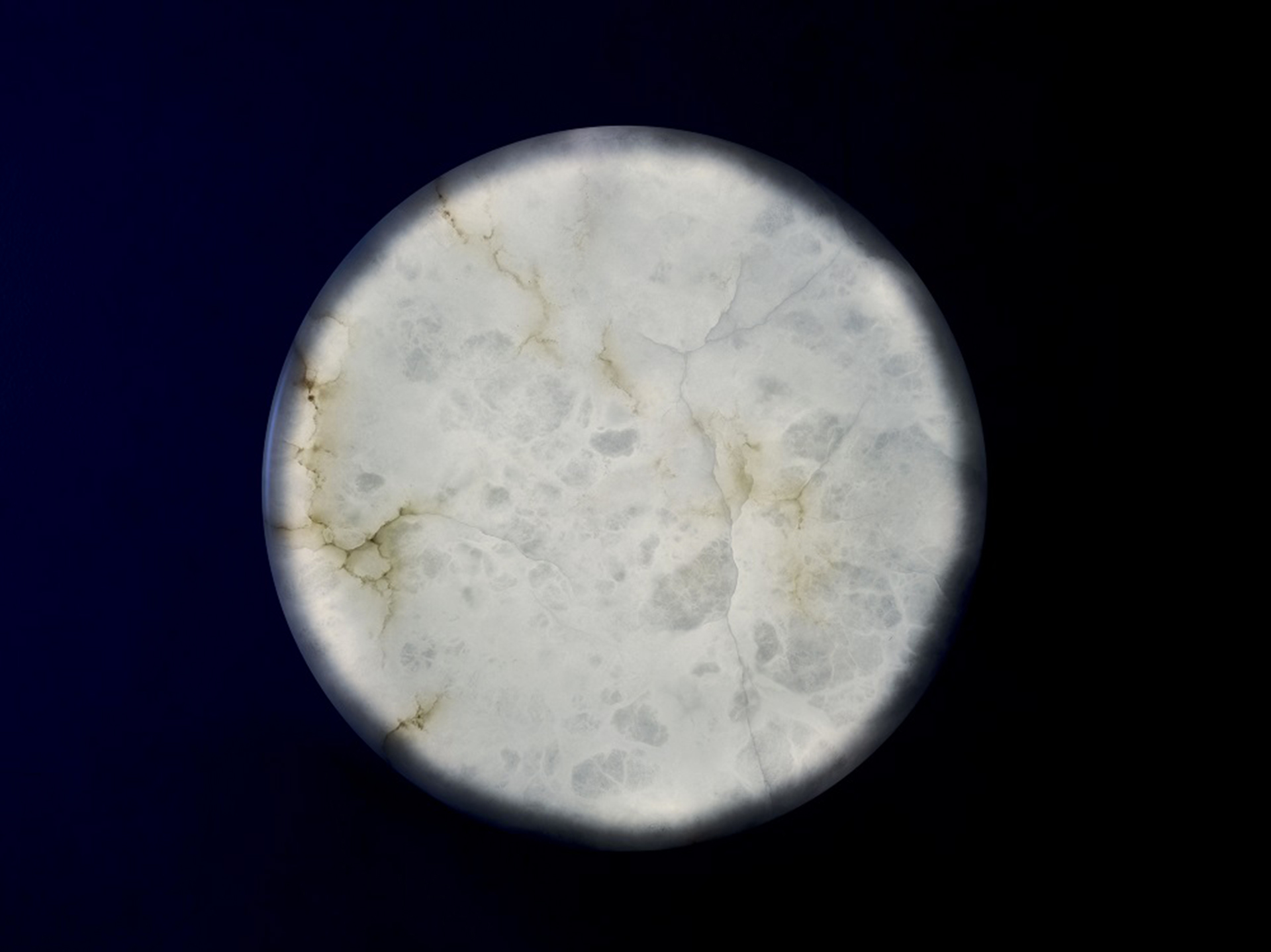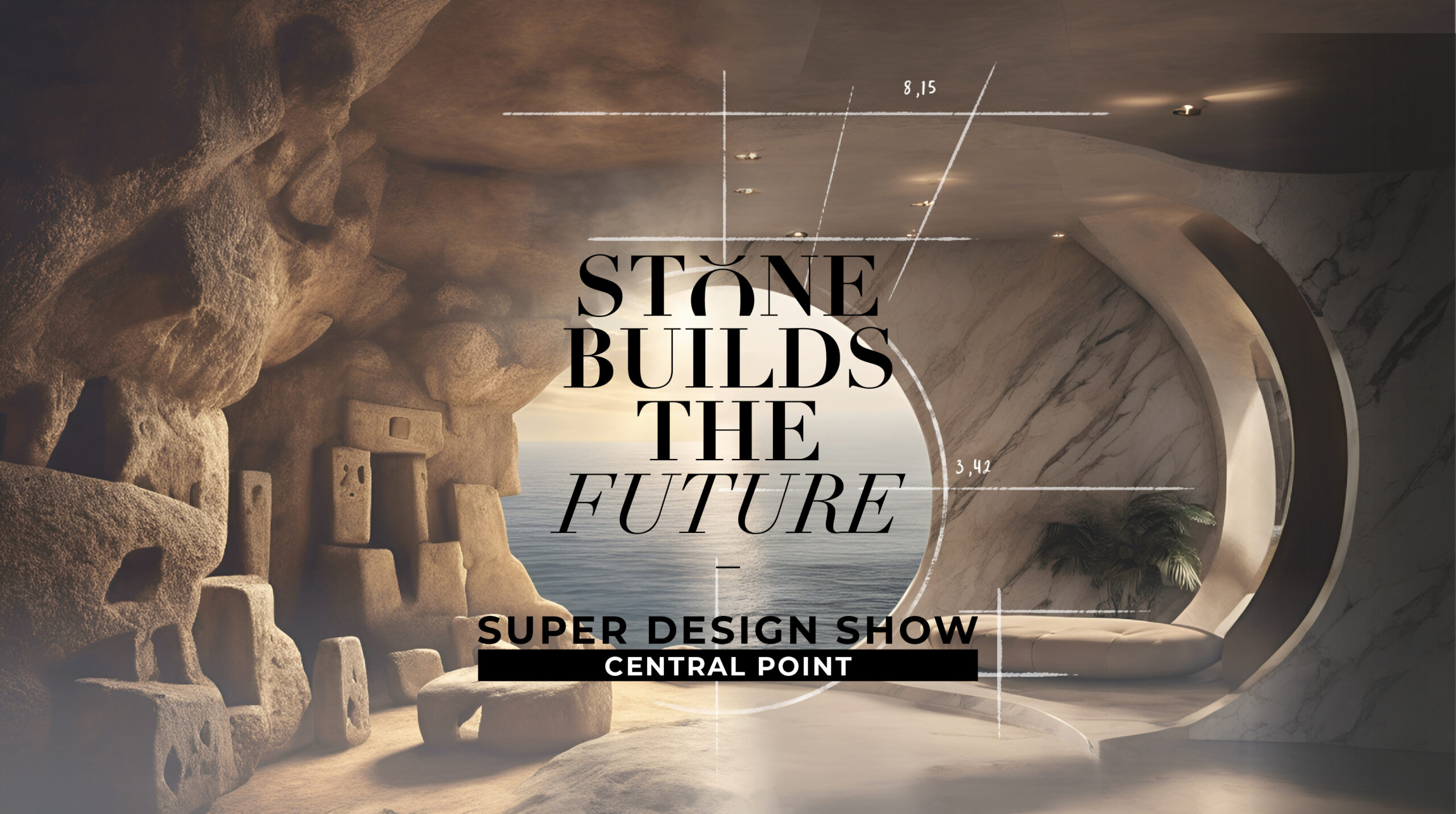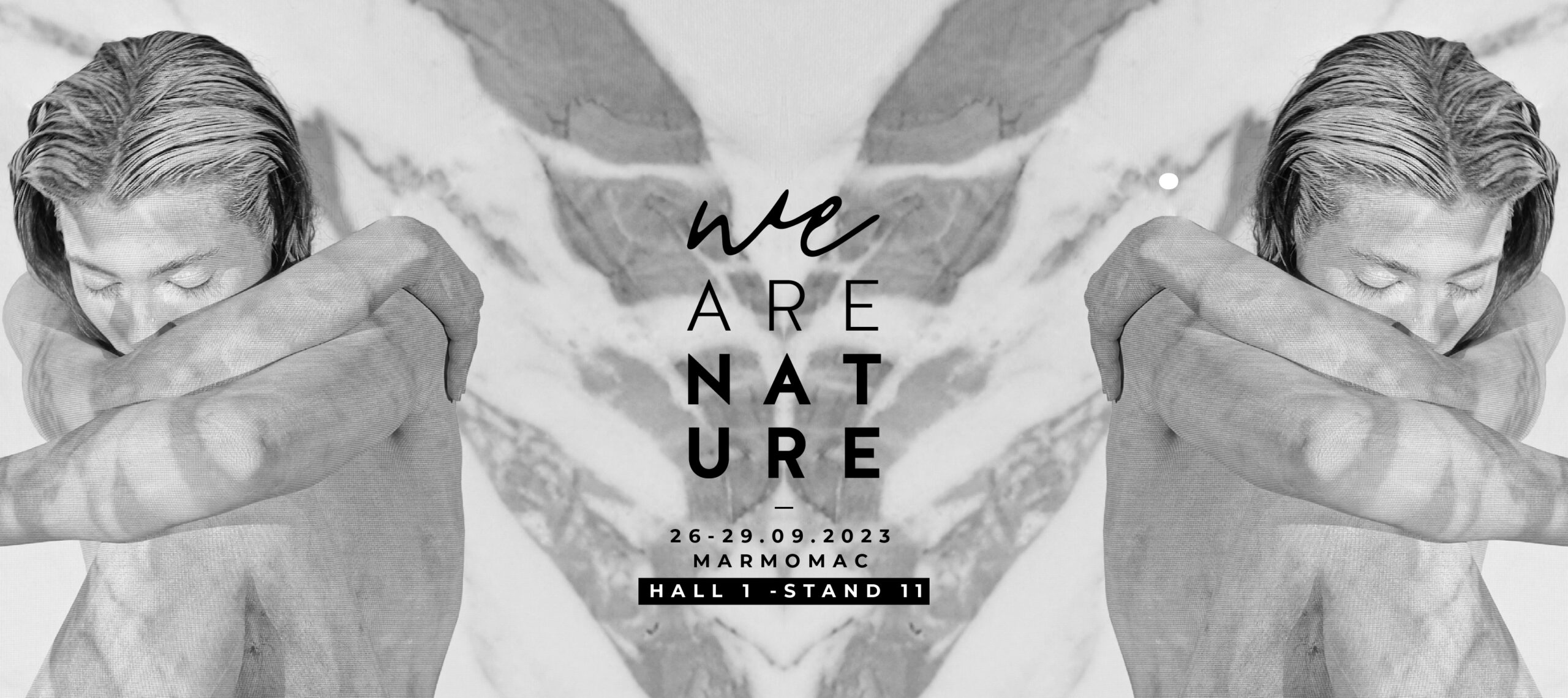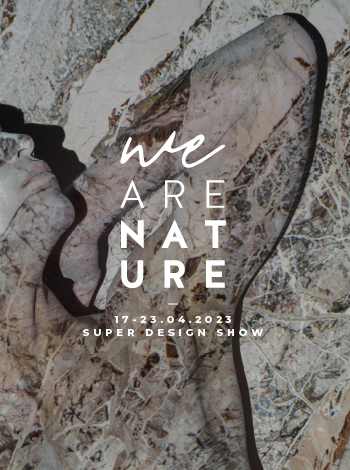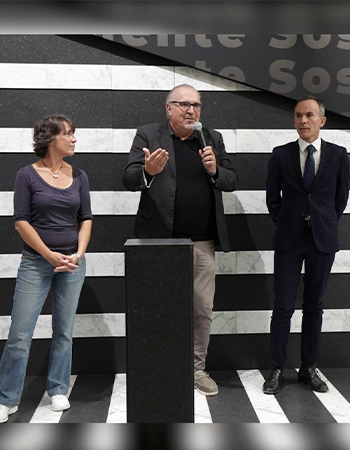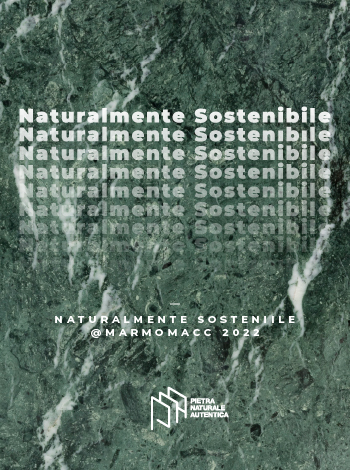As a designer and artist immersed in the raw material, Jacopo Foggini goes beyond boundaries and explores new forms and processing methods, also working with natural stone.
Foggini shapes and transforms matter, creating unique pieces in which the play of light and the diffusion of its chromatic shades go beyond form. His artistic and design gesture has always been aimed at using polycarbonate and methacrylate of which he knows how to exploit to the full potential. For once he left his territory to venture into a world with a material not at all malleable but full of expressiveness. It is the alabaster, “stone of light” of his Cicladi tables for Edra, archipelago of unique pieces as are all his works, as well as experiment outside his confines of choice.
In truth, Edra had already crossed the well-known material boundaries by creating a table with a glass top punctured by a tubular metal and an ameboid ring in continuity that held and pierced the table, almost to deny the rigidity of the metal and the perfection and continuation of the crystal: Capriccio, indeed!
The Cicladi tables are characterized by their irregular and jagged perimeter because they are cut from the raw “egg” of the evaporitic mineral, extracted from the soil, and left natural. The metal base in the shape of a cone gives seriality to the pieces and is available in different heights and colors.
Still featuring alabaster but more regular and with the edge carefully polished, is the Full Moon table, whose designs of nature are illuminated (the tables are equipped with a rechargeable battery lighting system) recalling the full moon that gives them the name. Here is the millennial stone slab at the height of its expressiveness that captures the viewer’s attention with its veined and lively surface. Each table surface, obtained by cutting a thick slice from an “egg” of the raw material, is unique. The translucent stone is supported by a pedestal of shiny metal.
The Cicladi tables are available in natural white as well as in black, malachite green, amber, Pompeii red, and lapis blue. Full Moon, in three versions: natural (white/ gray), amber, and anthracite.
The Tuscan alabaster from the area of Volterra was used in ancient times in Etruria in the early Christian basilicas instead of glass. Later this material was discovered by Florentine sculptors and craftsmen who preferred it to create precious decorative objects, but in the Middle Ages it was almost completely forgotten and then rediscovered by artists during the Renaissance.
By Giorgio Tartaro


